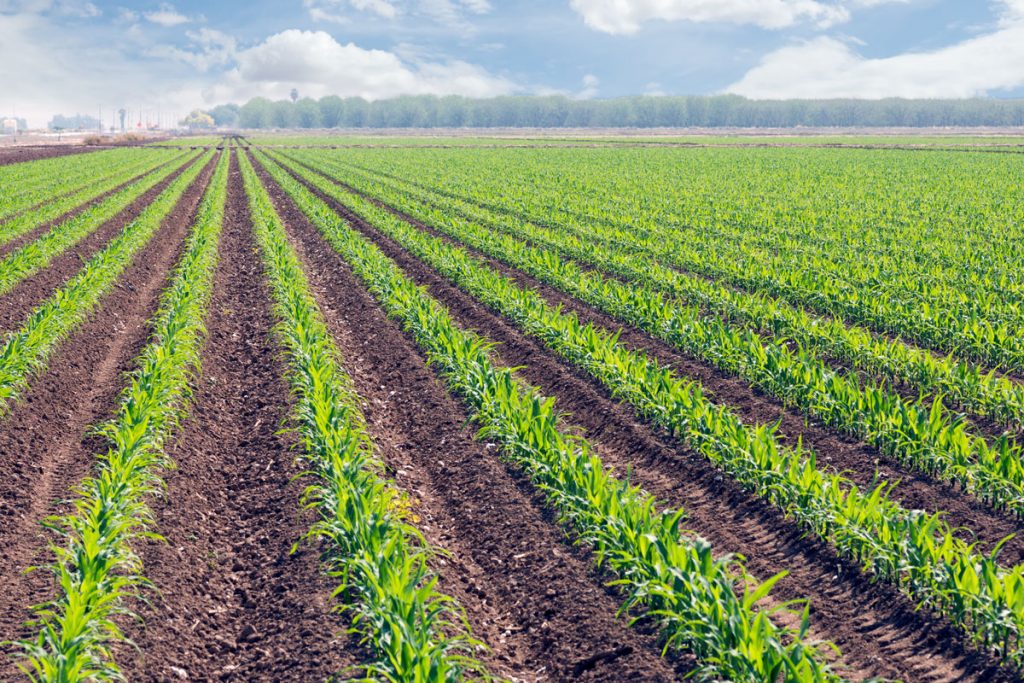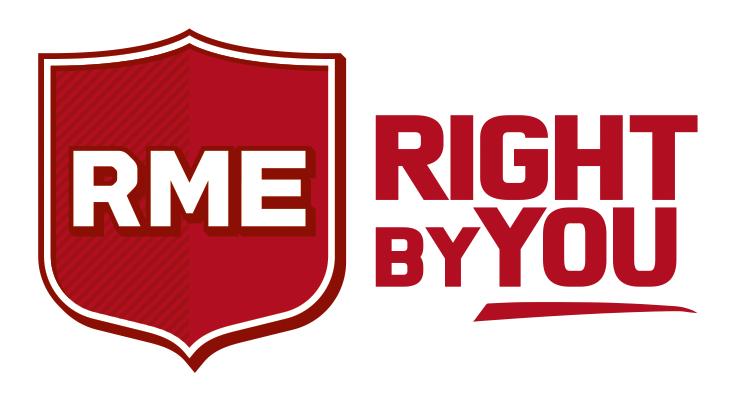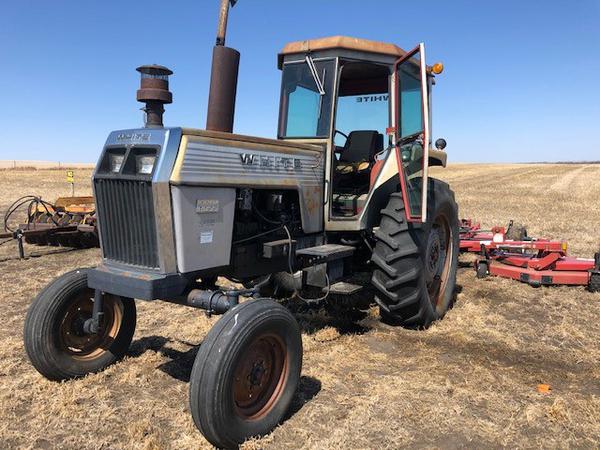
1. Is the system completely hands off and fully automated?
For a system to be easy to use and manageable for growers with multiple fields it should be fully automated. In practical terms this means that plant date and crop type should be the only variables the grower needs to input. Everything else in the system should be fully automated including root zone detection, full point estimation by layer and refill point by layer. The AquaSpy® system is the first and only system that can automatically calculate each of these for all 12 of its sensors.
2. Does the system identify root depth and measure the entire active root zone in specific discrete layers of the soil ? Why is active root zone detection so critical?
Naturally all plants have different root depths at different times. Therefore, knowing how deep these roots are will be material in determination of what resources are available to the plant. As an example, a probe measures one foot into the ground but your roots are only half a foot into the soil. If the system is applying all sensors in its determination, it will incorrectly state what resources are available to the plant. Most systems do not only include the relevant sensors in their determination, hence making it impossible for the grower to make accurate decisions. Similarly, if the roots were two feet long but the probe only measures one foot, the probe would again incorrectly state what resources are available and would never have the ability to relay the full information to the grower. Just knowing if one point in a field is wetter or drier than when the sensor was installed doesn’t tell you if there are nutrients available at the time and place where the active roots are looking to absorb their sustenance.
The accuracy of any soil monitoring system lies in understanding the dynamics of each of the layers that the roots occupy. Each layer will have its own properties with individual full points and refill points. The AquaSpy® system accurately identifies layers and available moisture making the system the only one in the industry doing so. The AquaSpy® probe has 12 sensors which are designed with evenly spaced layers of 10 centimeters each to be able to detect root growth and active placement, energy within the layer for the active roots, depth of last rain or irrigation, and automatically detects the full point, the mid-point, and the empty point at each individual layer.
3. Does the system measure moisture, EC and temperature and why is this important?
Most systems only measure moisture. Older systems using conventional capacitance probes have one major deficiency – they can not separate moisture from conductivity. This will in almost all cases result in a significant error on the moisture measurement. Sensor technologies that can separate moisture from conductivity will have an inherent higher data quality. The AquaSpy® system is capable of separating moisture from conductivity on all 12 sensors.
The moisture measurement is obviously used to establish how much moisture is available to the plant. Sounds simple, but virtually all systems are only capable of measuring relative moisture and not absolute moisture available to the plant. Only through advanced algorithms can the system calculate how much moisture is truly available to the plant.
The electrical conductivity measurement (EC) can only indirectly be used for determining plant health. EC is a proxy for how much salt is present in the soil. Some salts can be beneficial, e.g. fertilizer, where others can be harmful, e.g. high mineral content irrigation water. By carefully monitoring conductivity changes between multiple layers of the soil, the grower can observe application of fertilizer, match fertilizer to the active root zone, and see if there is leaching of fertilizer or unwanted mineral buildup. Different crops have different sensitivities to conductivity which could impede the plant’s ability to take up nutrients. For the system to be effective, all the detections should be automated.
Both the moisture and conductivity (EC) are influenced by the temperature of the soil. Therefore, a reliable system should use the temperature input by layer to compensate the moisture and conductivity reading appropriately. It is not enough to just measure a single temperature point in the top layer of soil. The ideal system should have a temperature measurement for each sensor as the temperature difference from top to bottom can be well over 10 degrees.
The AquaSpy® system deploys all of the above features mentioned in a fully automated system.
4. Is the system an integrated solution with all costs and components included (probe, telemetry, software)?
Using a system that is put together piece-meal will not deliver the same high performance as a system that is designed to work together. Some systems use a 3rd party telemetry system and are not an integrated solution with all costs and components fully integrated. To optimize performance , the AquaSpy® system is a fully integrated turn-key solution to drive yield via process control.
5. What is the expected ROI? And is it driven by the ability to verifiably drive yield or just water savings alone?
Most vendors will claim more or less the same – you will get better yields, lower water consumption, less loss of chemicals and therefore a big return on investment. But you should ask yourself can they truly do that? In order to make accurate determinations, the system must use a plethora of sensors, in and below the active root zone, plus intelligent algorithms, to make the system reliable. Fundamentally, all of the single and dual sensor systems will simply not be able to do this. You need to more than scratch the surface and go vertical to understand what happens below ground.
The data on the AquaSpy ® controlled fields has so far correlated to between 11% and over 30% higher yield. Plants grow bigger quicker by having the nutrients when and where the root seeks to absorb it.





